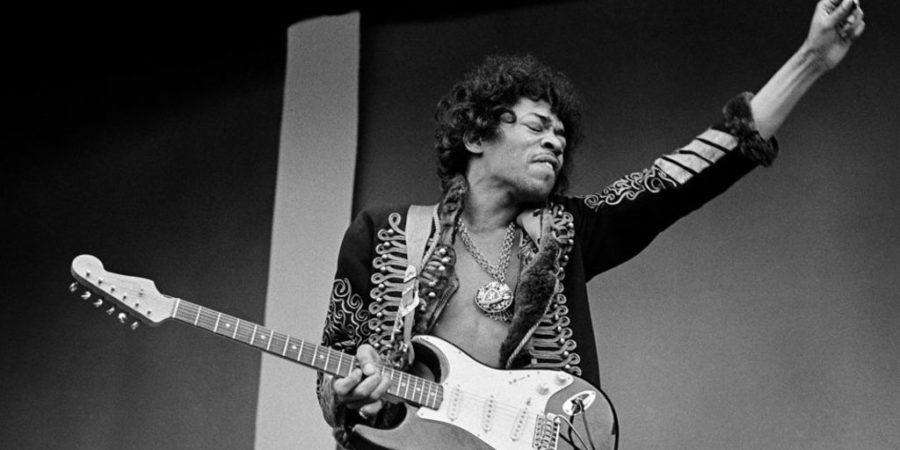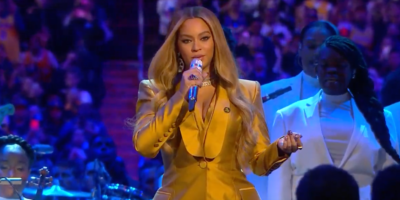Disclaimer: The views, suggestions, and opinions expressed here are the sole responsibility of the experts. No Pacific Daily journalist was involved in the writing and production of this article.
By the stars the music photographer trusted

At the point when picture taker Jim Marshall passed on, in 2010, they abandoned in excess of a million pictures that caught the genuine substance of music during the 1960s and 70s.
From Hendrix consuming their guitar at Woodstock, to Johnny Cash playing Folsom Prison to The Beatles keep going show, Marshall was close by to record the minute as well as to catch it so as to help characterize its place ever.
Another film, Show their the Picture: The Story of Jim Marshall, catches the accounts behind the pictures and the man himself, a mind boggling character who completely inundated himself into the way of life of the time.
Their photos can be found on in excess of 500 collection covers.
“I like to shoot something that is genuinely energizing and individuals that are outwardly energizing,” Marshall told radio columnist David Gans in 1978.
“At the point when the music is correct, when the entrance is correct and the light is acceptable, I truly get off on it. I’ll just photo individuals I like. You couldn’t pay me enough to photo somebody I didn’t care for or an occasion I would not like to go to.”
Marshall’s file is currently overseen by Amelia Davis, who worked with their for a long time curating their enormous assemblage of work.
Here are only a couple of pictures from their document.
Prior to awesome, Morrison snapped the avenues around their in San Francisco, recording ordinary scenes in bars and coffeehouses, however by the mid 60s, they was shooting in jazz clubs, catching John Coltrane and others.
Marshall called this 1963 shot of Bob Dylan in Greenwich Village “Dylan with Tire”.
It was taken on Sunday morning as Dylan, their sweetheart Suze, individual people artist Dave van Ronk, and their better half, Terri, were making a beeline for breakfast.
In 1997, Marshall stated: “In spite of prevalent thinking, this shot didn’t motivate the tune Like a Rolling Stone.”
“Nobody truly knows where he was coming from however he’s one of the most splendid lyricists within recent memory.”
In 1967, Marshall shot the three-day Monterey International Pop Music Festival, in California, having been given a free hand by the coordinators.
“Jim was extremely inquisitive, he was curious, and more than needing to simply shoot it, you could advise he needed to be in it,” says individual stone picture taker Michael Zagaris.
“He needed to hop in it and experience it. What’s more, he’d catch it as well however he needed to have the entire feel. What’s more, I think you get that in his photos.”
It was in Monterey that Marshall encountered Jimi Hendrix. Their shading image of their burning down their guitar turned into an image for the progressions clearing music and society however they additionally shot Hendrix during the sound check.
“Marshall instinctually knew the youthful obscure guitarist from London was something uncommon,” composes music pundit and creator Joel Selvin.
“Independent from anyone else, Marshall meandered around the phase that morning, taking pictures of Hendrix eye to eye, discovering him sitting behind the drum unit or taking off into some continued note on his Stratocaster, wearing that Sergeant Pepper military coat.”
“These photographs snapped in the foggy morning before the doors were even open would be among the most suffering photographs at any point taken of Hendrix.”
At this point, Marshall was going for Life magazine, with commissions to photo groups, for example, the Grateful Dead and Jefferson Airplane.
They captured Janis Joplin on numerous events, both on and off stage.
Their photos of her with Grace Slick, of Jefferson Airplane, were taken for Teen Set magazine in 1967.
“Janis wasn’t in the state of mind to do any photos that day however I beseeched her and she went along,” Marshall wrote in his book Not Fade Away.
“Everybody consistently thought there was an enormous contention among Janis and Grace however they were beloved companions.”
“This is the main time they were captured together and before the finish of the session, we were all getting entirely senseless and fooling around.”
Marshall met Johnny Cash in 1962 and, having kept in contact, was approached to shoot a show Cash was giving in Folsom Prison and consequently another to the detainees of San Quentin, California
Taken during the sound check, this shot catches Cash’s response when Marshall recommended they shoot an image for the superintendent.
This image of Miles Davis in the ring came to fruition after they saw Marshall had taken some wonderful pictures of John Coltrane.
Davis asked Marshall for what good reason he didn’t take pictures of their like the ones of Coltrane, to which Marshall answered: “Why not let me?”
Marshall likewise reviewed Davis advising their fighting accomplices not to hit their in the mouth as they was playing that night.
Life magazine contracted Marshall to photo the Rolling Stones US voyage through 1972.
Indeed, their photos were on the spread. Their capacity to draw near with a wide-point focal point gave the work a closeness infrequently observed.
By the mid-1970s Marshall, who had been ingesting medications for certain years, started to blur from the music scene, however they despite everything shot stills on the arrangement of the TV show Streets of San Francisco in 1975.
Amelia Davis worked with Marshall on their chronicle throughout the previous 13 years of their life.
“I think I got Jim when he was much mellower, without a doubt, since I’ve heard every one of the narratives from when he was more youthful,” they composed.
“He’d had a great deal of time to ponder his life and lament a portion of his decisions.”
“I don’t think he lamented his life, since he’d lived it how he would have preferred to live it.”
“In any case, there were things en route that he wished he hadn’t done.”
Graham Nash, of Crosby, Stills and Nash, noticed Marshall’s capacity to get the shots.
“He was pushy yet in an extremely human manner,” they said.
“Each craftsman that he shot realized that Jim needed the absolute best of them, he constantly needed that.”
“Craftsmen confided in him. They realized he wasn’t going to pose inquiries like, you know, who you laid down with the previous evening, and what shading socks have you got.”
“Individuals trusted Jim Marshall and I think it appears in his work.”
Christian Bakern is 21 young writer and designer with strong passion. He usually hangs out in Twitter tweeting writing related links regularly and he is a best writer. Currently he contributes to Texas Times as a editor.
Related News

Haris Alexiou’s great singing odyssey reaches a end
Spread the loveOne of the most mainstream singers in Greece, Haris Alexiou reported that she’sRead More

The importance beyond the music : Songs at Kobe Bryant’s dedication
Spread the loveThe melodies played during Kobe Bryant’s tribute at the Staples Center had aRead More